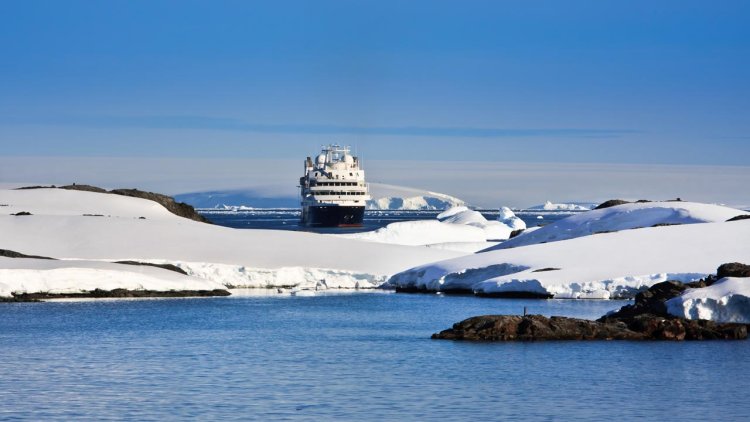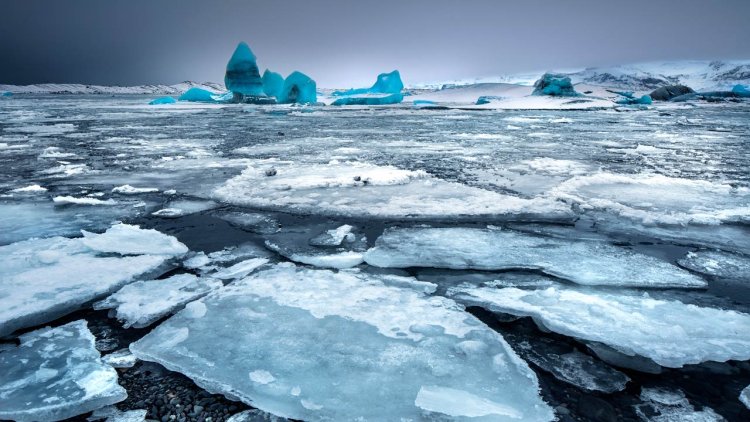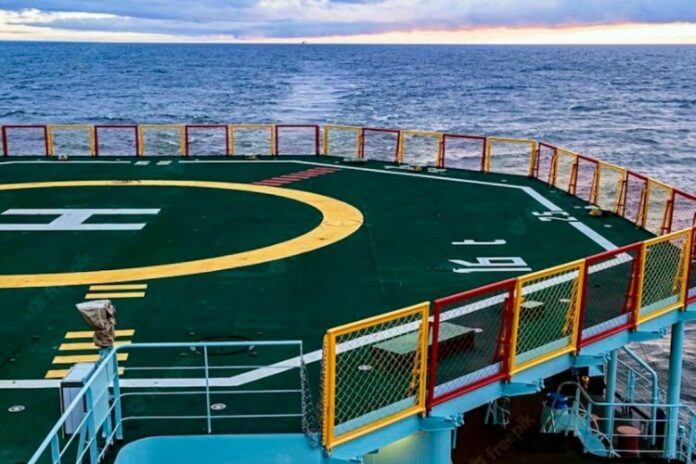More than 600 fishing vessels sail the icy waters of the Arctic. But just over two dozen big tankers are the worst offenders when it comes to air pollution in this vulnerable region.
In 2021, just 26 natural gas tankers cruised through Arctic waters, as compared to the hundreds of fishing vessels that also ply these rich fishing grounds.
But the giant tankers, which can be 300 meters long or more, account for the largest share of CO2 emissions by far, a new analysis shows. While combined ship traffic in the Arctic region emitted 2.8 million metric tons of CO2 in 2019, the tankers accounted for 788,000 metric tons (almost 28%).
Ekaterina Kim, an associate professor at NTNU’s Department of Marine Technology, who conducted the study, said:
“Even though fishing vessels far outnumber natural gas (LNG) tankers, gas tankers are responsible for nearly 30% of all CO2 emissions from ship traffic in the Arctic. And the number of tankers operating in the Arctic has increased from 4 to 26 since 2017.”
The numbers matter because climate change is shrinking the Arctic ice cover, making it easier for ships to travel along the northern coast of Russia, known as the Northern Sea Route. The most current estimates suggest that most of the Arctic Ocean could become ice-free during the summer as early as 2050.

Any increase in ship traffic will increase the pollutant load in the Arctic, which is one of the most vulnerable environments on the planet. The UN Ocean Decade began last year, with a focus on clean oceans. But as both summer and winter ice cover shrinks, more and more ships of all varieties, including cruise ships and fishing vessels, are finding their way north and increasing their operational season— releasing increasing amounts of CO2 and other air pollutants, Kim said.
Kim conducted her research using Arctic Ship Traffic Data (ASTD), which is collected by the Protection of the Arctic Marine Environment (PAME) group, one of six working groups of the Arctic Council. The Arctic Council is an intergovernmental forum that works on issues facing the eight Arctic nations and indigenous people of the north.
PAME reports that shipping in the Arctic increased by 25% between 2013 and 2019. Kim’s assessment mainly looked at what is called the Polar Code area. The Polar Code area is defined as the waters north of 60 degrees N, but excluding areas around Iceland, the Norwegian mainland, Russia’s Kola Peninsula, the White Sea, the Sea of Okhotsk, and Prince William Sound in Alaska.

During the same period, however, the aggregated nautical miles that vessels traveled in the Polar Code area increased by a whopping 75%, to 10.7 million nautical miles.
Kim has now expanded on this information by analyzing ship type, vessel behavior, and traffic numbers from as recently as 2021, along with emissions data for CO2, oxides of nitrogen (NOx), sulfur dioxide (SO2) and particulate matter (PM) up to 2019.
Kim said that one of the issues to consider is that as ships get bigger or their number increases, so does pollution:
“We do expect to see numbers drop for sulfur dioxide in some Arctic areas as new regulations reduce the amount of sulfur allowed in ship fuel oil. However, when it comes to ships using heavy fuel oil there are a number of loopholes that allow individual states to waive some regulations, so we don’t know how this will develop.”
Pollution from the large gas tankers isn’t expected to drastically drop in the Arctic, however, because they use heavy fuel oil, she said, which is not currently covered by the new regulations.



